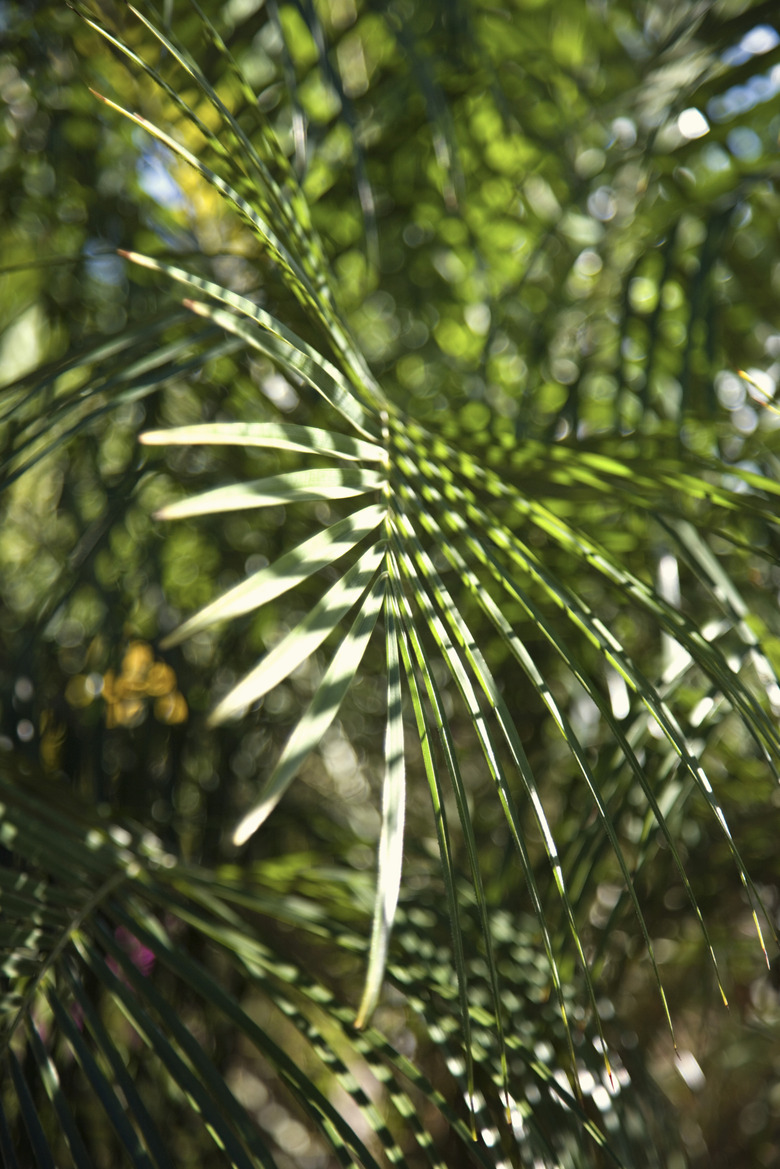Phototropism Experiments
Phototropism in plants refers to the direction of plant growth in relation to a light source. Positive phototropism relates to plant growth towards a light source and includes most plant parts, such as leaves and stems. Negative phototropism is observed in roots and refers to growth in the opposite direction to the light source. These phenomena are easily observable through phototropism experiments that anybody can do at home or for a phototropism lab lesson for school.
The Dark Box
The Dark Box
Any small pot plant can be used in this experiment. However, you can create your own seedling by planting bean, sunflower or corn seeds a week before starting your experiment. You will need a cardbord or wood box where you will put your pot plant or seedling. Allow at least 10 inches of free space on the top and the sides of the plant. Make a small hole, about two square inches, in one of the box's top corners. Place your plant inside the box, keeping it closed. Water regularly and observe the plant's growth towards the opening on the top.
Worshiping the Light
Worshiping the Light
Plant some corn seed in a pot. Keep the pot in a dark room for three days, and then place a light bulb above the seedlings, in the center of the pot. After 14 hours of exposure to light, the seedlings bend towards the bulb as if they were worshiping the light. When the light bulb is turned off and natural light is allowed into the room, the seedlings go back to their vertical position.
Bending Beans
Bending Beans
Plant three beans in separate small pots, place them in a well-lit area, and water them regularly. When the seedlings are about three inches tall, place a pot on its side in a horizontal position. Take a second pot and place on a windowsill and keep the third pot in its original position. Observe positive phototropism in the way leaves and stems lean toward the light during growth.
Negative Phototropism in Climbers
Negative Phototropism in Climbers
Some climbers, such as the English ivy (Hedera helix), show negative phototropism in their leaves, as they grow away from the light source and towards a dark substrate or wall. Buy two small ivies, but be aware the plant is an invasive species, which is illegal to sell or buy in Oregon. Place one plant inside the dark box described in the first experiment and put the other one in a well-lit place, but as far as you can from walls or other plants. Compare the growth direction in both plants. Destroy the plants after the experiment.
References
- Plants-In-Motion at University of Indiana: Worshiping the light
- Photomorphogenesis in Plants"; Richard E. Kendrick; 1999
- "Structure And Functioning Of Cluster Roots ..."; Hans Lambers; 2003
Cite This Article
MLA
Zinni, Yasmin. "Phototropism Experiments" sciencing.com, https://www.sciencing.com/phototropism-experiments-8724501/. 20 July 2018.
APA
Zinni, Yasmin. (2018, July 20). Phototropism Experiments. sciencing.com. Retrieved from https://www.sciencing.com/phototropism-experiments-8724501/
Chicago
Zinni, Yasmin. Phototropism Experiments last modified March 24, 2022. https://www.sciencing.com/phototropism-experiments-8724501/
